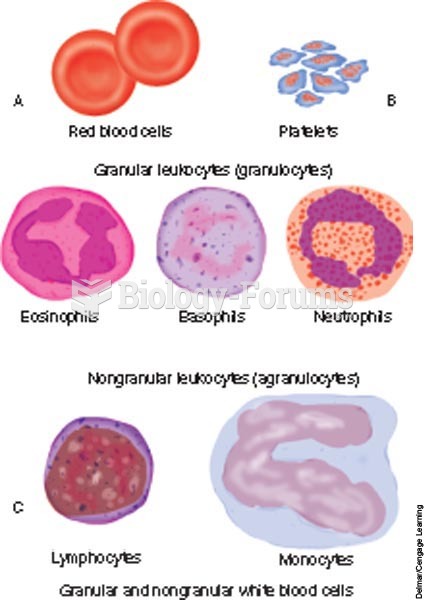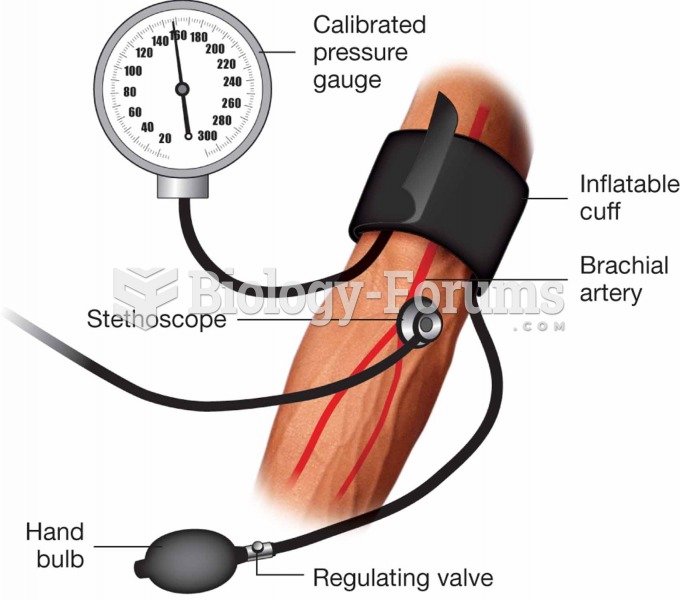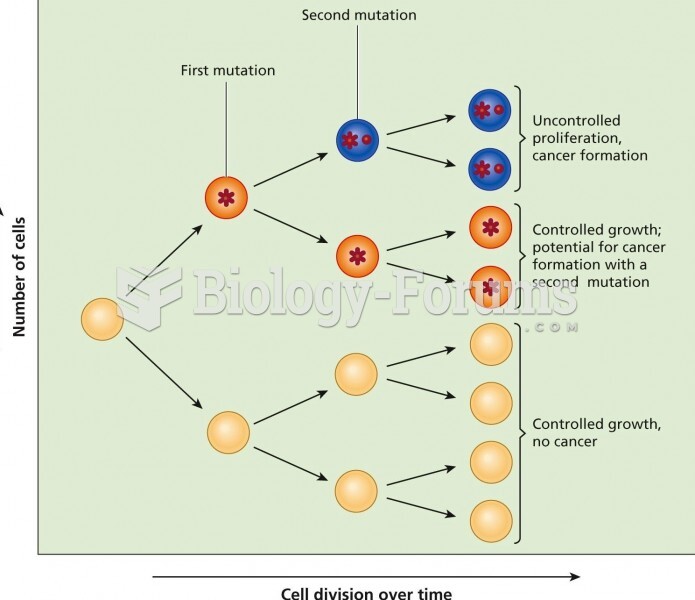|
|
|
The eye muscles are the most active muscles in the whole body. The external muscles that move the eyes are the strongest muscles in the human body for the job they have to do. They are 100 times more powerful than they need to be.
The most dangerous mercury compound, dimethyl mercury, is so toxic that even a few microliters spilled on the skin can cause death. Mercury has been shown to accumulate in higher amounts in the following types of fish than other types: swordfish, shark, mackerel, tilefish, crab, and tuna.
There are 20 feet of blood vessels in each square inch of human skin.
The word drug comes from the Dutch word droog (meaning "dry"). For centuries, most drugs came from dried plants, hence the name.
According to animal studies, the typical American diet is damaging to the liver and may result in allergies, low energy, digestive problems, and a lack of ability to detoxify harmful substances.
 Illustration showing how the primary breast tumor metastasized through the lymphatic and blood vesse
Illustration showing how the primary breast tumor metastasized through the lymphatic and blood vesse
 The cells in blood; A, red blood cells (erythrocytes); B, platelets (thrombocytes); C, white blood c
The cells in blood; A, red blood cells (erythrocytes); B, platelets (thrombocytes); C, white blood c





